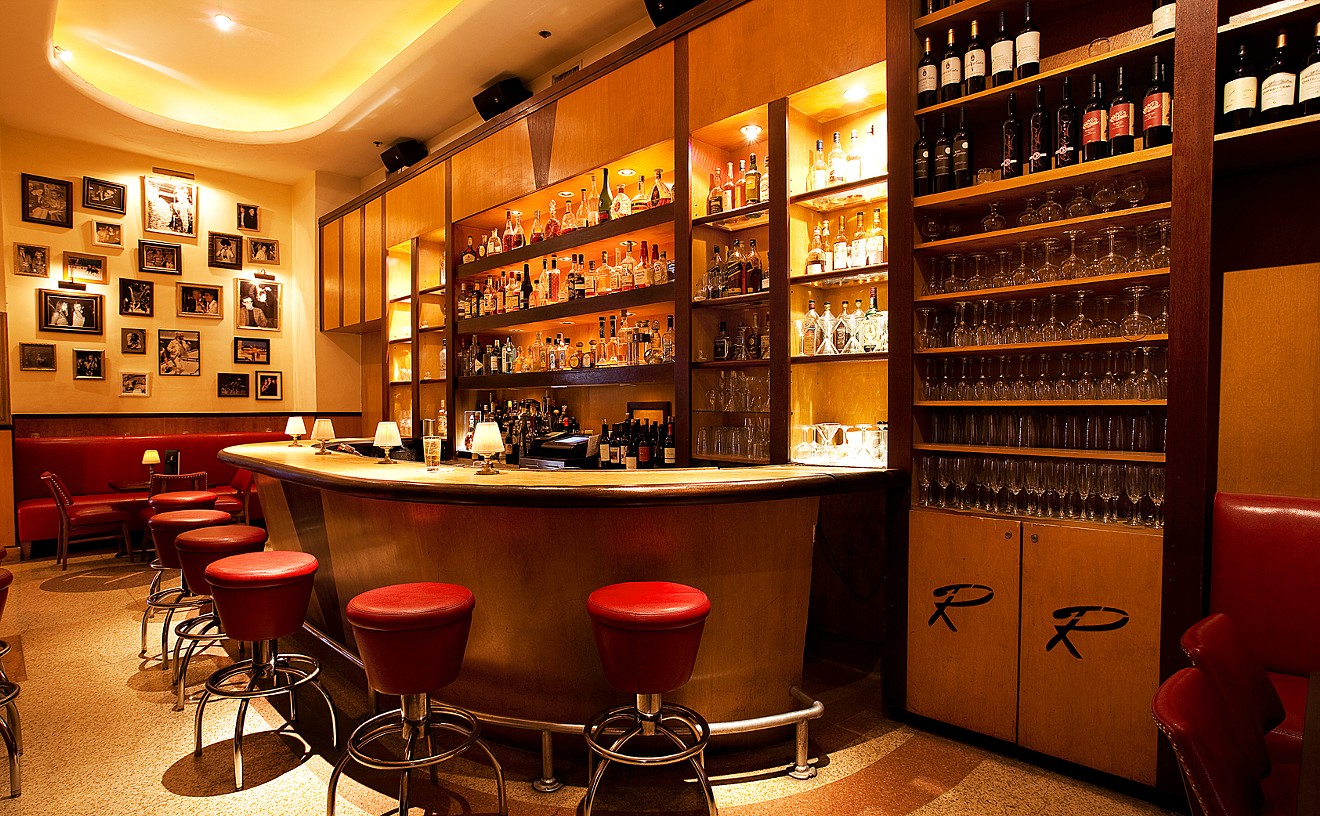Canker creeps, Wagner Creek reeks, traffic snarls, rain storms arrive, Latin Grammys arrive, rapists prowl, kids take bullets, DCF kills, Omar Paisley dies, John Brennan dies, Leonard Pancoast dies, MIA rabbits get to live, Crandon Park cabanas live again, Augustín Roman steps down, David Leahy steps down, Constance Kaplan steps up, real estate goes up,
cafeterías get busted, pot growers get busted, Miami Seaquarium gets busted, smokers get the boot, Chuck Lanza gets the boot, Mandela gets an apology, more rapists prowl, tolls rise, gas prices rise, Nikki Beach fades, cruise ships kill, drag races kill, Robert Curbelo, Jr., gets busted, Ric Sisser gets busted, Performing Arts Center busts budgets, MIA travelers are frisked, priests are accused, cops are convicted, Doral is born, Celia Cruz dies, Wilkie Ferguson dies, Chesterfield Smith dies, Rene Touzet dies, Florida Philharmonic dies, Cuban hijackers go to jail, José Canseco goes to jail, Miami Gardens goes broke,
Miami Herald goes dumb and dumber, NAACP arrives, Marvin O'Quinn arrives, terror-alert orange arrives, FTAA arrives, cops swarm, protesters are arrested and sprayed and shot and beaten, and more traffic, more rain, more bullets, Carlos Manuel defects, Bob Graham stumbles, MIA workers smuggle, smuggled Cubans land on South Beach, old Beach buildings go down, Bliss House goes down, downtown booms, Lighthouse Café burns down, Miami bond ratings go up, Sunny Isles goes up, up, up, Ira Clark gets the boot, Steve Shiver gets the boot, George Burgess gets appointed, MIA rabbits take bullets, José Calvo takes a bullet, manatees die, Millie the orangutan dies, Clyde Killens dies, turnpike kills, canals kill, rip currents kill, DCF kills again, Judge William Hoeveler gets the boot, UM's North-South Center gets the boot, North Bay Village politicians are busted, Fernandez Rundle boys are busted (again), Mercedes Masvidal is busted (again), Miami Circle is buried (again), more traffic snarls, more rain falls, crops get swamped, Joe Carollo goes bankrupt, Sal Magluta goes to prison, Willie Falcon goes to prison, Fabio Ochoa goes to prison, Manuel Noriega stays in prison, David Paul gets out of prison, Miami's film festival sees new life, S&S Diner lives on, Miracle Mile Cafeteria dies, Piccadilly dies, Marlins take it all, Denise Calvo takes the Fifth, public schools take a hit, Kelly Cobiella hit with DUI, Bill Kamal hit with DUI, Romero Britto hit with DUI, Norman Van Aken hit with DUI, Frank Cobo cops a plea, Pat Tornillo cops a sweet plea, David Samson dies, Raul Ernesto Valdes-Fauli dies, Space 34 dies (temporarily), serial rapist Reynaldo Elias Rapalo gets caught (finally), and at last some good news (happily): Ron O'Daniels strums guitar, violates Miami Beach law banning street performers, gets arrested, refuses guilty plea, sits three weeks in jail. Then the extremely wise Judge Mary Jo Francis steps in and declares the law unconstitutional. Miami Beach buskers are free at last!
